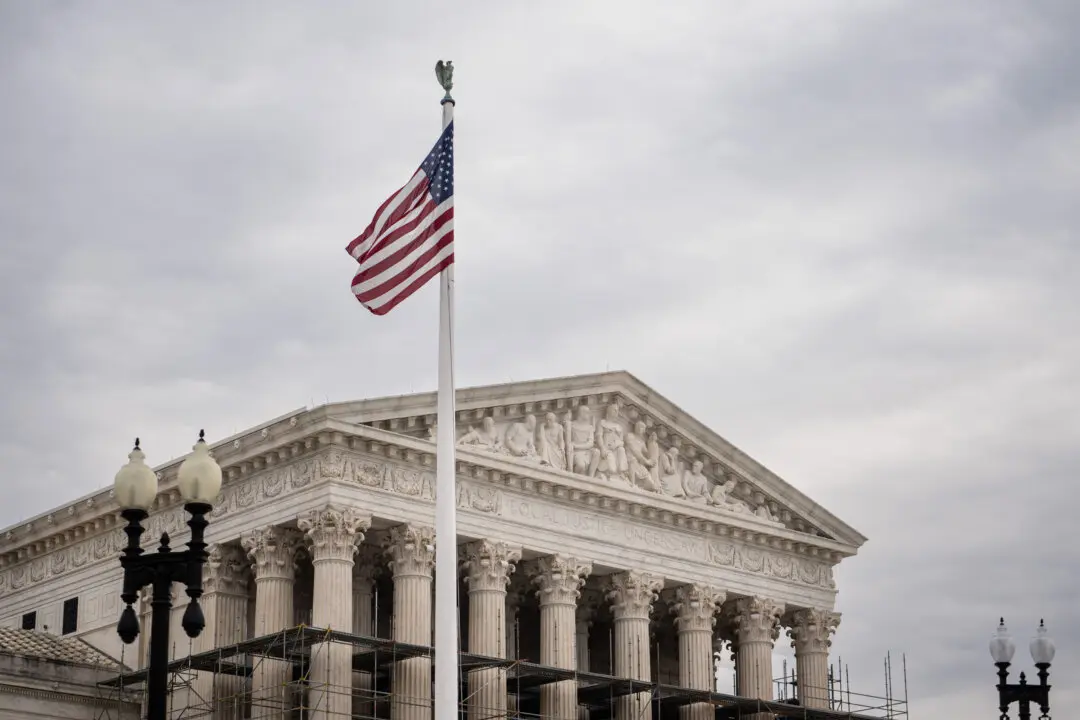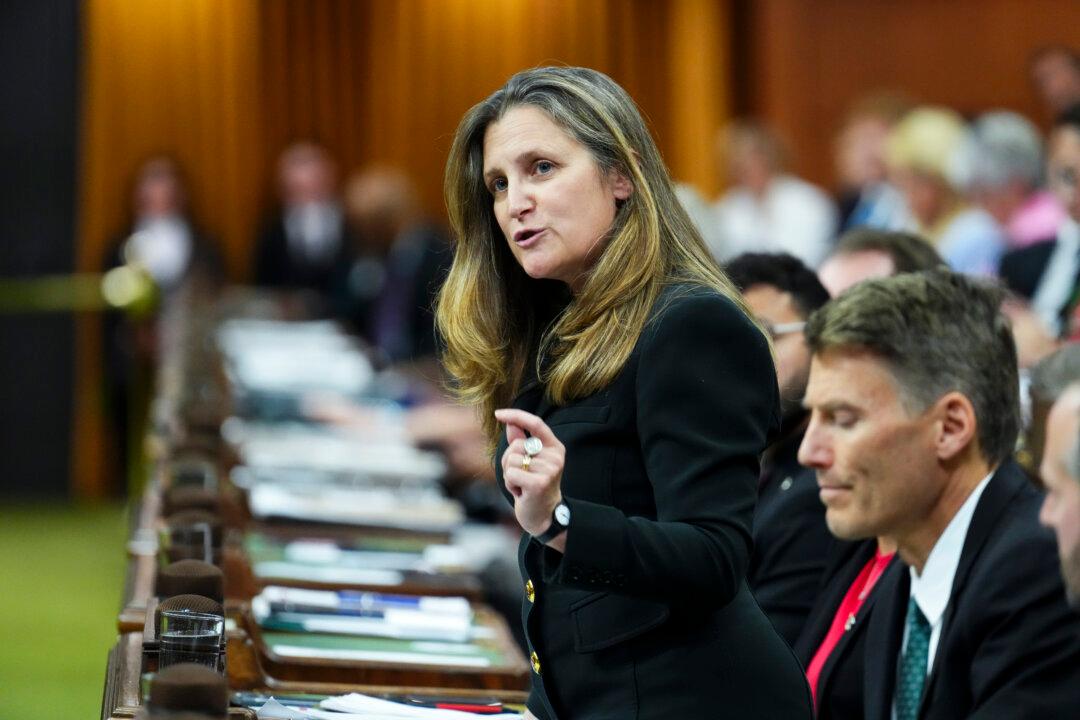The federal government’s plan to start its firearms buyback program on Prince Edward Island as a pilot project is not going ahead, according to a news report.
The information was first reported by Maritimes media group Saltwire Network on Jan. 12, and was commented on by Alberta Justice Minister Tyler Shandro.





